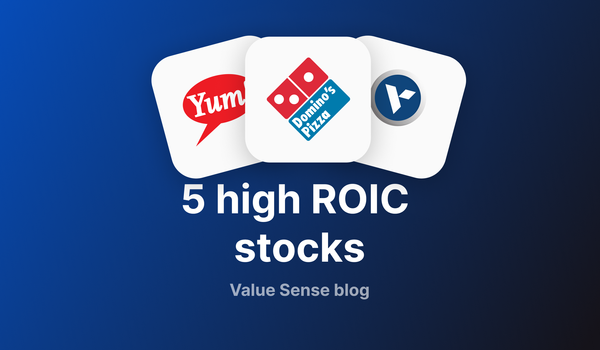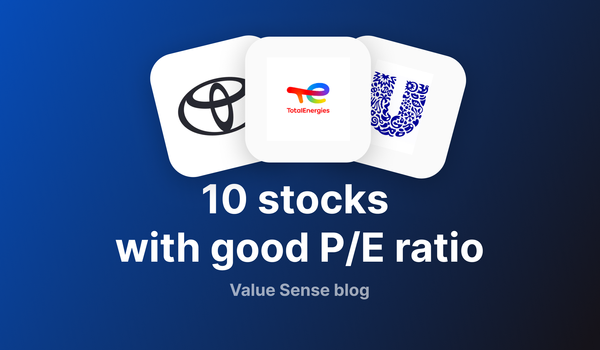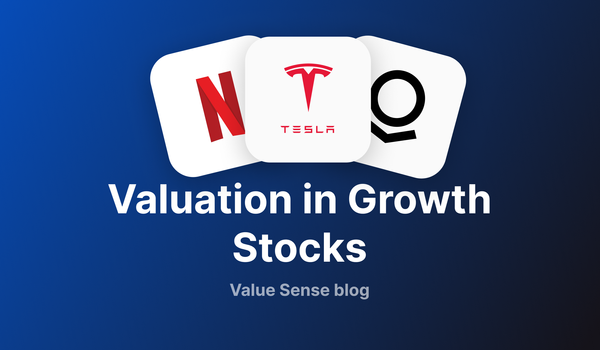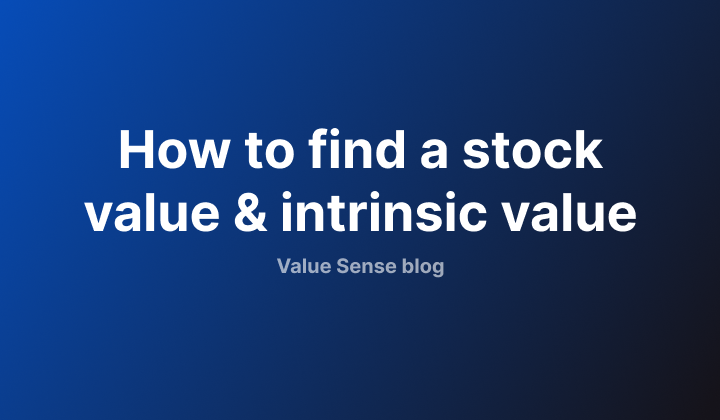Best Practices for Learning Investment Research Tools
A comprehensive financial analysis is grounded on quality investment research. This process thoroughly examines financial products such as stocks and bonds to make smart decisions. It also involves analyzing market performance, business sectors, and economic trends to guide investors and institutions in allocating their capital, reducing risks, and maximizing returns.
Before entering the market, you must be armed with the best investment research platform tools to get results. But what principles and methods should you learn in the first place?
Best Investment Research Practices
Know How to Interpret Financial Statements.
Financial statements include income statements, balance sheets, and cash flow statements. These documents help various types of investors analyze a company’s profitability, solvency, and long-term feasibility. Knowing how to read and interpret them is crucial for assessing a company’s financial status and investment potential, beyond surface-level stock price movements.
Master Technical Analysis
Most tools offer charting capabilities for technical analysis. This entails studying price patterns and indicators like moving averages, relative strength index (RSI), and volume. Technical analysis helps investors time market entry and exit points.
Mastering technical analysis allows price movement predictions based on historical trends. Then, understanding price patterns can provide an edge in short-term trading and long-term investment decisions.
Use Screening and Filtering Tools
Many of the best investment research platform systems permit the screening of stocks or bonds based on several criteria. These are market capitalization, price-to-earnings (P/E) ratio, dividend yield, or debt levels. By setting the right parameters, you can sift through thousands of investment options quickly and efficiently, focus on assets that meet your needs, and identify the most suitable opportunities.
Get Familiar With Macroeconomic Data
Investment resources typically provide access to macroeconomic data, namely employment figures, GDP, interest rates, and inflation. Macroeconomic factors significantly impact market movements. Determining how to incorporate them into your analysis presents a broader context for wise decisions and helps project market changes.
Use Data Visualization Features
Visualization simplifies the analysis process by making patterns and trends more evident. Some examples of data visualization options are graphs, heat maps, and trend charts. Many tools offer these options to make complex data easier to grasp. Data visualization improves an investment analysis by showing key insights faster than probing raw data.
Leverage Backtesting Features
Some resources offer backtesting capabilities to test strategies on historical data and weigh their performance. Backtesting fine-tunes strategies and verifies investment predictions without real financial risk. It can also gain insights into the vulnerabilities of the strategies under different market conditions.
Continue Learning
The best investment research platform should deliver educational resources. For instance, webinars, tutorials, and customer support accelerate learning curves and deepen learners’ understanding. Forums and communities are other avenues to gather useful tips and advice from seasoned investors. Obtaining additional academic credentials in economics or finance is also ideal as they are deemed the best things to major in college today.
Ongoing education ensures you’re updated with the newest features and best practices. It can offer new perspectives and investment opportunities, too. Ultimately, it can help you gauge your strengths and weaknesses and figure out what’s working or not.
Keep Up With Investment News and Trends
Investment is an ever-changing landscape. Accordingly, many platforms grant access to real-time market news, research publications, and expert opinions. Others also regularly report upcoming trends, geopolitical affairs, and shifting consumer behaviors.
Staying up-to-date allows investors to anticipate how the latest events may influence the markets. It can also help make more timely and relevant choices.
Emerging Investment Trends
Recent data shows that the United States is the leading destination for foreign direct investment (FDI) worldwide. In 2022, foreign firms invested $177 billion in the country by acquiring, opening, or expanding businesses. Even in the post-COVID era, applications for new US businesses are booming above pre-pandemic levels.
Technological advancements and economic developments shape future investment trends. Here are some of them.
- Sustainable and ESG Investing. The growing awareness of climate change, social equity, and corporate responsibility drives the demand for Environmental, Social, and Governance (ESG) investments. Companies prioritizing strong governance and social responsibility are earning traction among investors aiming to match their portfolios with ethical practices.
- AI and Machine Learning. Integrating AI and machine learning into investment approaches leads to predictive analytics and data-driven decision-making. Algorithms can explore huge amounts of data to forecast market movements and optimize portfolios precisely.
- Impact Investing. Impact investing extends beyond ESG by observing measurable, favorable social or environmental results alongside financial returns. Investors currently pursue education, affordable housing, and clean energy opportunities.
Navigating Financial Markets With the Best Investment Research Practices
The investment world is intricate yet exciting. Additionally, the nature of investment research has dramatically transformed, with sophisticated technology making the process easier and better. By following these best practices, new and experienced investors alike can put forward the right investment strategy and confidently navigate the complexities of the financial markets.





